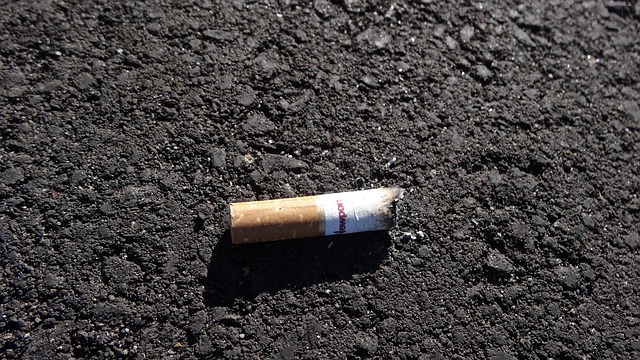Richard Bruton T.D., Minister for Communications, Climate Action and Environment, recently published the 2018 National Litter Pollution Monitoring System (NLPMS) Report. The NLPMS Report is an annual report into the extent, causes and composition of litter in Ireland. The report provides valuable data, allowing local authorities to tackle littering in their area more effectively by highlighting the areas requiring more targeted attention.
Publishing the 2018 Report, Minister Bruton said,
“Thinking twice about how we handle waste is the first step to respecting our environment and the planet we inhabit. Littering could be halved if cigarette butts were properly disposed of. We seem to have a blind spot for this behaviour – it is six times more prevalent than sweet papers.
“Overall the survey shows some promising results. We see an increase in unpolluted areas and a decrease in slightly and significantly polluted areas. These results are thanks to the vigorous efforts made by individuals, community groups and Local Authorities in keeping their local area clean. However, we do also see a very slight increase in the amount of grossly polluted areas, with cigarette-related litter remaining the largest offender. The amount of chewing gum litter has halved since 2016, thanks in no small part to the co-operation between my Department and industry through the Gum Litter Taskforce.”
Key findings
- 20.5% of areas surveyed were unpolluted in 2018, an increase of 4.9% on the previous year
- 59.6% of all areas surveyed in 2018 were slightly polluted, a decrease of 4.3% in 2017
- The percentage of moderately polluted areas has remained the same in 2018 as in 2017 at 17.1%
- The percentage of significantly polluted areas has decreased slightly (by 0.6%), from 3.0% in 2017 to 2.4% in 2018
- Grossly polluted areas have increased slightly from 0.3% in 2017 to 0.4% in 2018
Litter Composition
- Cigarette related litter (54.4%), packaging items (18.2%), sweet related litter (9.2%), food-related litter (8.9%), paper items (5.8%), and deleterious litter (2.1%) were the main litter constituents identified nationally.
Causative Factors
- Passing pedestrians (42.0%), passing motorists (22.4%), retail outlets (9.4%), gathering points (6.0%), places of leisure/entertainment (4.7%), fast food outlets (3.9%), schools/ school children (3.5%), bus stops (2.6%), and fly-tipping/dumping (2.2%) were identified as the main causative factors of litter nationally.
The Minister concluded by saying,
“Although these are positive results, we must continue in our fight against litter and maintain the collective effort to keep our local amenities clean. My Department will continue to support the work of local communities through the Anti-Dumping initiative, the Green Schools Programme and the Anti-Litter, Anti-Graffiti Grants Scheme.”








